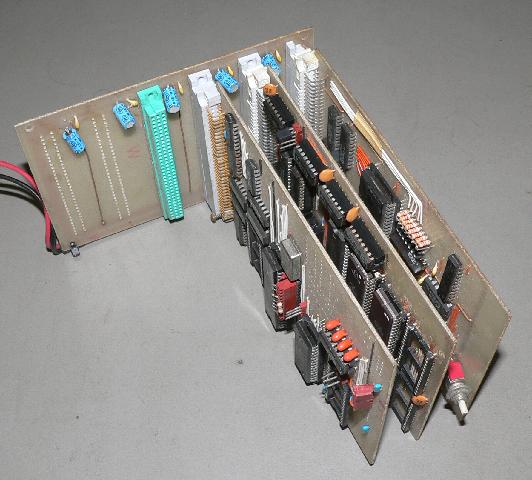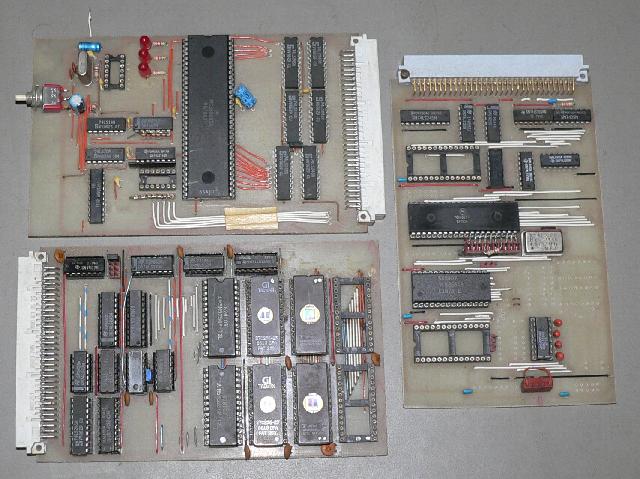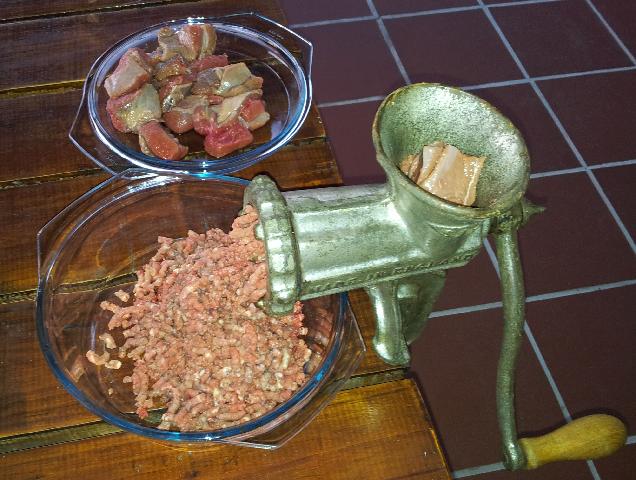I still had some gemsbok shin from last year. Started out with this allrecipes beef curry recipe, which ended up a bit watery — but that worked out fine, since I ladled all the liquid out of the slow cooker into a pan, and cooked some pumpkin in that, then added it all together.
And it was good.
So this is what you do. Get hold of some gemsbok shin. Or whatever. Cut into cube-like shapes and brown in the oil (with a lean meat like game you need to keep adding oil, don’t worry, it’s good for you). Meanwhile, slice an onion (or two if they’re small) into rings and put that in the bottom of your slow cooker. Put the browned meat on top, season with salt and pepper.
Cook two cloves of garlic, a teaspoon fresh ginger, and a chopped green chili for a few minutes, then add your curry powder (I used two tablespoons hot and one tablespoon extra spicy, but I suspect my hot curry isn’t, your mileage may vary). Add a tin of chopped tomatoes.
At this stage the recipe calls for stock, I mixed in two heaped teaspoons stock powder and added some water. Same thing. Spoon the mix over the meat, leave it to cook overnight.
If you use a slow cooker often, you’ll know that you need to add very little liquid. True, but for this recipe a bit more liquid is good. Because this is where you ladle off as much liquid as you can and cook about two cups of diced pumpkin in it until tender.
And then you add the pumpkin back into the curry and serve. Easy and pretty damn good. You probably want some rice on the side, sambals and raita can be good, poppadums always are.


